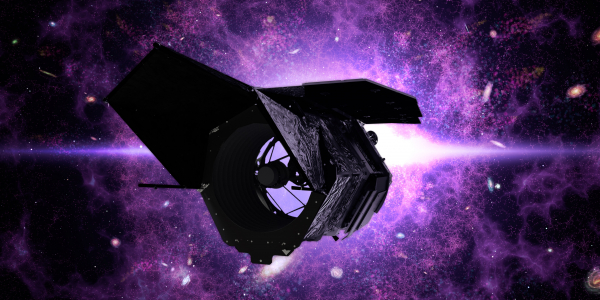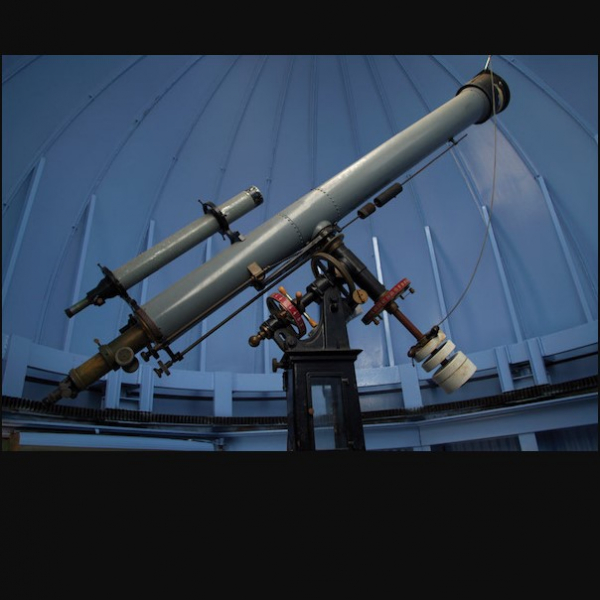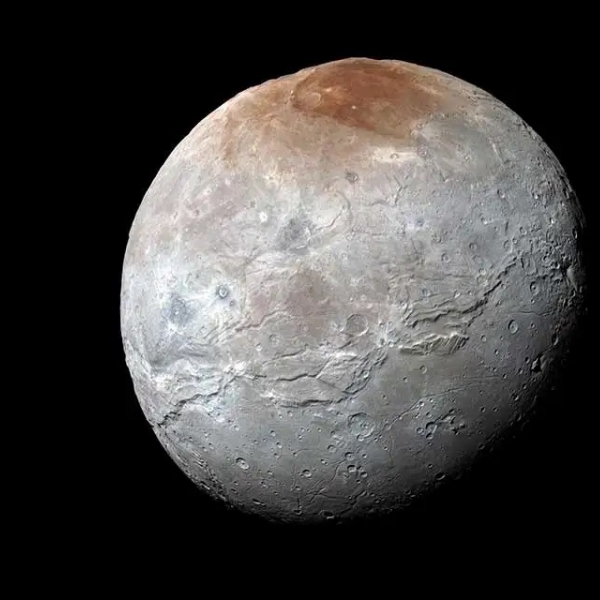The Nancy Grace Roman Space Telescope is an upcoming NASA observatory designed to address some of the most fundamental questions in astrophysics.
Following its expected launch in 2027, Roman's deep and wide-field observations in infrared will turn back the cosmic clock, unveiling the evolving Universe in ways that have never been possible before. Accordingly, NASA has recently funded several research teams to enable the development of the tools necessary to perform science with the telescope.

Tansu Daylan, assistant professor of physics and fellow of the McDonnell Center for the Space Sciences, both in Arts & Sciences at Washington University in St. Louis, has received a two-year, $299,966 grant from NASA as principal investigator to work on preparatory investigations in support of early science with the Roman Space Telescope. The research team also includes the co-investigator, Simon Birrer, an assistant professor in the Department of Physics and Astronomy at Stony Brook University.
When a pair of galaxies at cosmological distances align along our line of sight, the foreground galaxy can gravitationally bend light rays from the background galaxy, forming a gravitational strong lens. Dr. Daylan's team will investigate the prospects of using the Roman Space Telescope to reveal the small-scale structuring of dark matter using such strong lenses. The grant, "Preparing for a Leap: Precursor Strong Lensing Science with Roman Towards Precision Cosmology" will produce a detailed and realistic lens population over cosmic time and then generate synthetic Roman images that accurately include subtle instrumental effects that need to be taken into account when analyzing Roman data. The resulting synthetic images will be available for the use of the astronomical research community for the training and validation of analysis and modeling pipelines, as well as survey planning. Observations of these strong lenses by the Roman Space Telescope are expected to enable novel investigations into the substructure and microphysics of dark matter.





